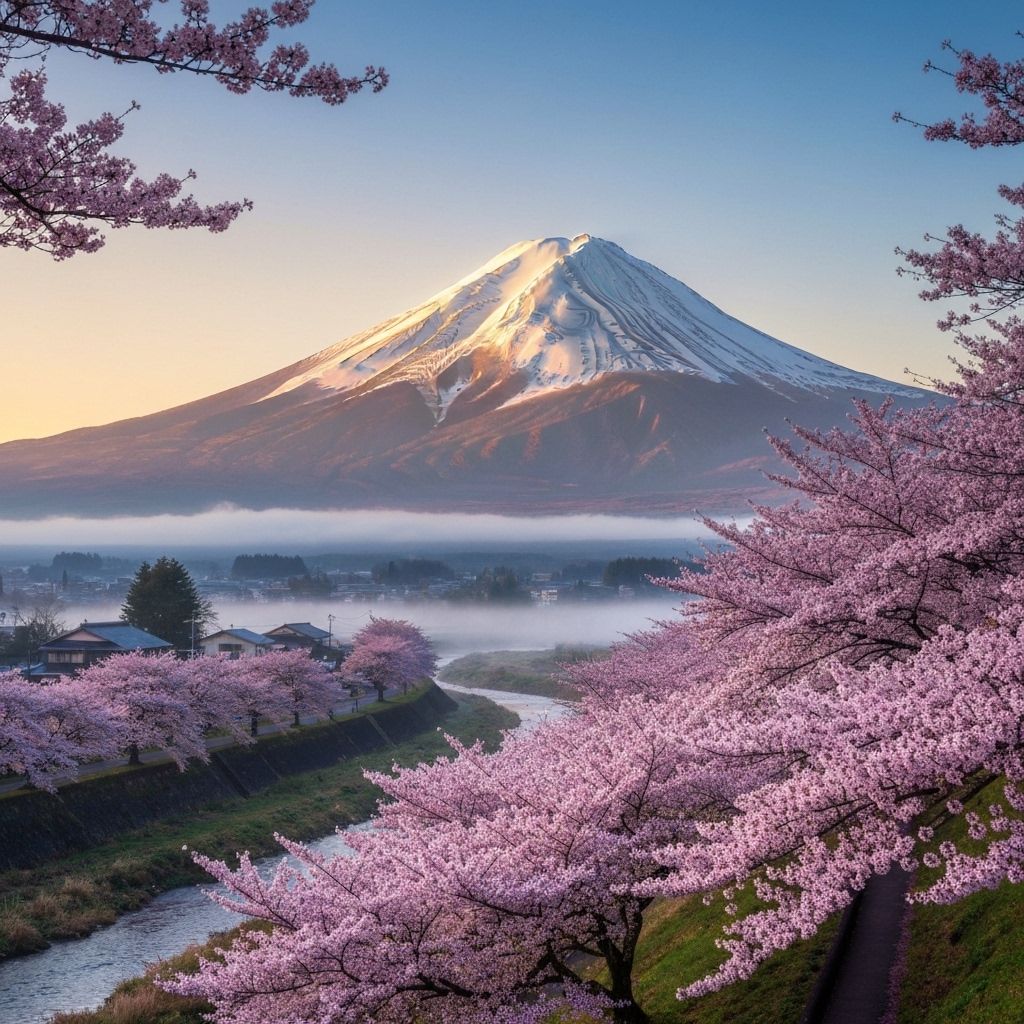Asakusa
Sensō-ji, old town snacks, river cruises.

A practical, English-friendly playbook for first-time and returning visitors. From airport to izakaya, here’s how to move, order, and explore with confidence.
A practical, English-friendly playbook for first-time and returning visitors. From airport to izakaya, here’s how to move, order, and explore with confidence.
| Situation | Tip | Why it helps |
|---|---|---|
| Airport to hotel | Ship luggage; carry an overnight tote | Travel light on packed trains |
| Mega stations | Screenshot exit maps | Faster wayfinding underground |
| Peak hours | Travel before 8:00 or after 9:30 | Avoid crush loads |
| Long days | Use coin lockers | No need to backtrack to hotel |
| English | Japanese | Pronunciation | Use Case |
|---|---|---|---|
| Excuse me / Sorry | すみません | su-mi-ma-sen | Getting attention; apologizing |
| Please | お願いします | o-ne-gai shi-mas | Making polite requests |
| Thank you | ありがとうございます | a-ri-ga-tō go-za-i-mas | Everyday gratitude |
| Where is … ? | …はどこですか? | … wa do-ko des-ka? | Finding exits, platforms, restrooms |
| Do you have an English menu? | 英語のメニューはありますか? | eigo no menu wa a-ri-mas-ka? | Restaurants |
Pick a few adjacent areas per day to minimize train time and maximize discovery.
Sensō-ji, old town snacks, river cruises.
Museums, park, Ameyoko street market.
Electronics, retro games, maid cafés.
Department stores, architecture, sushi counters.
Seafood literacy, knife shops, market bites.
Skyscrapers, bars, massive station hub.
Meiji Shrine, youth fashion, crêpes.
Flagship architecture, cafés, design stores.
Scramble crossing, rooftops, late-night eats.
Bookstores, canal walks, boutique galleries.
Art museums (Mori, National Art Center), nightlife.
Waterfront views, teamLabs, shopping complexes.
Wash thoroughly before soaking. Towels stay out of the water. Tattoos: some facilities require cover or prior check.
Emergency numbers: Police 110; Fire/Ambulance 119. Major stations have tourist help desks.
Elevators, tactile paving, and priority seating are common. Staff can guide step-free routes on request.
All are reachable in ~30–120 minutes depending on service. Start early to avoid crowds and catch earlier returns.
Zen temples, Great Buddha, coastal walks.
Lavish shrines, cedar avenues, waterfalls (if extending).
Onsen, open-air art park, Fuji views on clear days.
Harbor, cup-noodle museum, Chinatown eats.
Edo-era streets and sweet-potato treats.
Festival heritage, limestone caves, nature trails.
| Day | Areas | Highlights | Notes |
|---|---|---|---|
| 1 | Asakusa → Ueno → Ginza | Sensō-ji, museum of choice, evening stroll in Ginza | Buy/charge IC card; early night if jet-lagged |
| 2 | Meiji Shrine → Harajuku → Omotesandō → Shibuya | Shinto etiquette, fashion streets, flagship architecture, observation deck | Book museum or gallery slots if needed |
| 3 | Kamakura or Nikko | Temples/coast or ornate shrines/cedar forest | Depart by ~08:00; dinner back in Tokyo |
Join thousands of travelers who have discovered the perfect blend of tradition, innovation, and natural beauty in Japan.